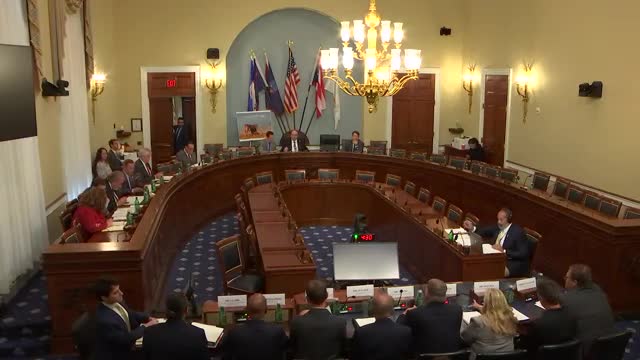Sheriffs face rising search and rescue challenges as public land visits surge
December 31, 2024 | Natural Resources: House Committee, Standing Committees - House & Senate, Congressional Hearings Compilation
This article was created by AI summarizing key points discussed. AI makes mistakes, so for full details and context, please refer to the video of the full meeting. Please report any errors so we can fix them. Report an error »

In a recent legislative hearing held by the U.S. House Committee on Natural Resources, the challenges of search and rescue operations on public lands took center stage, highlighting the increasing demands placed on county sheriffs across the West. As outdoor recreation continues to surge, so too do the calls for rescue, prompting a need for more resources and support.
Sheriffs from various counties shared their experiences, emphasizing the dramatic rise in visitors to public lands. One sheriff noted that his county, with a population of fewer than 10,000, attracts over 5 million visitors annually, leading to a significant uptick in rescue operations. The advent of social media, filled with stunning images of natural landscapes, has fueled this trend, often resulting in inexperienced travelers getting lost or injured.
The nature of search and rescue has evolved considerably. What once involved small teams with basic equipment has transformed into highly specialized units equipped for mountain rescues, underwater searches, and even helicopter evacuations. In Utah, for instance, sheriffs are considering adding another helicopter to their fleet to meet the growing demand, with an estimated cost of $10 million.
Sheriffs shared harrowing stories that underscored the urgency of their work. One notable incident involved a firework mishap in Oregon that led to a forest fire, necessitating the rescue of 166 hikers. Another involved a flooding event in a slot canyon, where rescuers managed to save 18 individuals, though tragically, four lives were lost.
Funding for these critical operations comes from various sources, including county budgets, tourism taxes, and federal support programs. However, as the number of rescues continues to rise, the need for additional resources and federal assistance becomes increasingly apparent. The meeting served as a call to action for lawmakers to recognize and address the complexities of managing public lands and the safety of those who explore them.
Sheriffs from various counties shared their experiences, emphasizing the dramatic rise in visitors to public lands. One sheriff noted that his county, with a population of fewer than 10,000, attracts over 5 million visitors annually, leading to a significant uptick in rescue operations. The advent of social media, filled with stunning images of natural landscapes, has fueled this trend, often resulting in inexperienced travelers getting lost or injured.
The nature of search and rescue has evolved considerably. What once involved small teams with basic equipment has transformed into highly specialized units equipped for mountain rescues, underwater searches, and even helicopter evacuations. In Utah, for instance, sheriffs are considering adding another helicopter to their fleet to meet the growing demand, with an estimated cost of $10 million.
Sheriffs shared harrowing stories that underscored the urgency of their work. One notable incident involved a firework mishap in Oregon that led to a forest fire, necessitating the rescue of 166 hikers. Another involved a flooding event in a slot canyon, where rescuers managed to save 18 individuals, though tragically, four lives were lost.
Funding for these critical operations comes from various sources, including county budgets, tourism taxes, and federal support programs. However, as the number of rescues continues to rise, the need for additional resources and federal assistance becomes increasingly apparent. The meeting served as a call to action for lawmakers to recognize and address the complexities of managing public lands and the safety of those who explore them.
View full meeting
This article is based on a recent meeting—watch the full video and explore the complete transcript for deeper insights into the discussion.
View full meeting